The “Drip paintingPainting is a fundamental form of visual art that has been practiced for thousands of years. It involves applying pigment to a surface such as canvas, paper, or a wall. Painting can be explored through various styles, techniques, and mediums, each offering unique possibilities for expression and creativity. Historical Background • Ancient Beginnings: The history of painting dates back to More” technique as applied in “Autumn Rhythm (Number 30)” by Jackson PollockAmerican painter Jackson Pollock (1912 – 1955) was one of the leading figures of Abstract Expressionism and the New York School. He is best known for his large action drip paintings, which he produced between 1947 and 1952, created by pouring and manipulating liquid paint atop canvases set on the floor. Pollock was born in Cody, Wyoming and grew up More is a form of action paintingPainting is a fundamental form of visual art that has been practiced for thousands of years. It involves applying pigment to a surface such as canvas, paper, or a wall. Painting can be explored through various styles, techniques, and mediums, each offering unique possibilities for expression and creativity. Historical Background • Ancient Beginnings: The history of painting dates back to More which the American art critic Harold Rosenberg defined in 1952: “Action PaintingPainting is a fundamental form of visual art that has been practiced for thousands of years. It involves applying pigment to a surface such as canvas, paper, or a wall. Painting can be explored through various styles, techniques, and mediums, each offering unique possibilities for expression and creativity. Historical Background • Ancient Beginnings: The history of painting dates back to More has to do with self-creation or self-definition or self-transcendence; but this dissociates it from self-expression, which assumes the acceptance of the ego as it is, with its wound and its magic.” The technique was characterized by gestural brushstrokes and mark-making, emphasizing the impression of spontaneity. While spontaneity was a central element, the lack of laying out a certain design in advance should not be confused with abandoning control. Pollock stated himself: “I can control the flow of paint: there is no accident.”
Where is the picture “Autumn Rhythm (Number 30)” today?
The original picture of “Autumn Rhythm (Number 30)” is part of the permanent collection of the Metropolitan Museum of Art in New York City today.
What’s in Jackson Pollock’s 30?
Measuring 2.44 high and 5.18 metres wide, “Autumn Rhythm (Number 30)” is one of Jackson Pollock’s largest paintings. German-born photographer Hans Namuth was able to partly accompany the artist over several months of 1950, documenting the process in which Pollock created the artwork: Having the canvas lying flat on the ground, Pollock began paintingPainting is a fundamental form of visual art that has been practiced for thousands of years. It involves applying pigment to a surface such as canvas, paper, or a wall. Painting can be explored through various styles, techniques, and mediums, each offering unique possibilities for expression and creativity. Historical Background • Ancient Beginnings: The history of painting dates back to More on the right side of the surface, priming it with bundles of black lines, before using devices like sticks, knives, trowels, and cans to build up a dense skein of individually distinguishable lines in different hues and shadesIn color theory, a shade is a darker version of a color, created by adding black to the original hue. This concept is essential for artists and designers, as it allows for a range of deeper, more intense tones that can add depth and drama to a composition. Defining Shade A shade results from mixing a pure hue with black. More of white, gray, black, metallic, teal blue, and brown, using of paint with a fluid viscosity. Afterwards Pollock moved to the centre section and finally to the left side of the paintingPainting is a fundamental form of visual art that has been practiced for thousands of years. It involves applying pigment to a surface such as canvas, paper, or a wall. Painting can be explored through various styles, techniques, and mediums, each offering unique possibilities for expression and creativity. Historical Background • Ancient Beginnings: The history of painting dates back to More to repeat the same process of colour application.
Pollock painted from all four sides of the paintingPainting is a fundamental form of visual art that has been practiced for thousands of years. It involves applying pigment to a surface such as canvas, paper, or a wall. Painting can be explored through various styles, techniques, and mediums, each offering unique possibilities for expression and creativity. Historical Background • Ancient Beginnings: The history of painting dates back to More building up a nest-like complexity of interwoven globs and lines. He refrained from defining any focal points or hierarchy of elements – every part of the canvas seems to be equally significant.
What’s the context?
Pollock – Facts:
Pollock arrived at abstraction after having worked with Mexican muralists, particularly with particularly José Clemente Orozco, and studying with the American painter Thomas Hart Benton, who was known for his paintings of fluid figures showing everyday people in scenes of life in the United States. Pollock further studied the philosophy and methods of European Surrealists and had immersed himself in a study ancient art as well as of Greek mythologyMythology in art taps into the rich stories and symbols from ancient cultures. These narratives shape our understanding of history, morality, and human nature, offering a profound connection between the past and the present. From the ancient Greeks to the Norse sagas, mythological themes have deeply influenced artistic expression. Greek Mythology Greek mythology is one of the most popular sources More. On this basis, he moved back and forth between full abstraction as in “Autumn Rhythm (Number 30)” and figuration, as in the years following 1952. What unites his pictures in any of his artistic periods is that every piece of art had to convey significant and revelatory content.
Gallery owner Paul Facchetti decided to realize Pollocks first exhibition of his drip paintings in 1952 in his studios in Paris and other parts of Europe, showcasing work of the years 1947 till 1950. However, after first successes, Pollock decided to abruptly abandon his drip style in favour of a paintingPainting is a fundamental form of visual art that has been practiced for thousands of years. It involves applying pigment to a surface such as canvas, paper, or a wall. Painting can be explored through various styles, techniques, and mediums, each offering unique possibilities for expression and creativity. Historical Background • Ancient Beginnings: The history of painting dates back to More approach characterized by a much darker palette.
Chatter and Prattle
- Pollock married the artist Lee Krasner in 1945. Together they moved out of the city to the Springs area of East Hampton where they bought a wood-frame house and a barn that they converted to a studio. Under the influence of Krasner and her extensive knowledge about modern art, Pollock perfected his drip-style technique.
- Pollock was addicted to alcohol since early adulthood. It was only after marrying Krasner and moving out of New York, that he was able to control his addiction, become highly productive, and enter his golden period. He further resorted to the help of therapists who supported him to stay abstinent. However, by the end of 1950, most likely related to the sudden death of his doctor he had relied on, Pollock relapsed into his addictive behaviour, which had a detrimental impact on his work and marriage.
- By 1955, Pollock stopped paintingPainting is a fundamental form of visual art that has been practiced for thousands of years. It involves applying pigment to a surface such as canvas, paper, or a wall. Painting can be explored through various styles, techniques, and mediums, each offering unique possibilities for expression and creativity. Historical Background • Ancient Beginnings: The history of painting dates back to More altogether and his depression worsened. Krasner had the chance to go to Europe for a period of time, which she decided to take in order to re-evaluate their marriage. Pollock remained in New York and took up with a mistress, who kept him company.
- While in Paris, Krasner received a phone call informing her that her husband had died in a car accident on August 11th 1956, under the influence of alcohol.
Do you want to comment on this text or add information? We would like to hear from you.
Recommended Reading:
This article may contain compensated links. Please read Disclaimer for more info. As an Amazon Associate, I earn from qualifying purchases.
Gavin Delahunty (2015): Blind Spots: Jackson Pollock
Steven Naifeh (1998): Jackson Pollock: An American Saga
Leonhard Emmerling (2016): Pollock (Basic Art Series 2.0)
Pepe Karmel (2002):Jackson Pollock: Key Interviews, Articles, And Reviews
Michael Schreyach (2017): Pollock’s Modernism
B. H. Friedman (1995): Jackson Pollock: Energy Made Visible

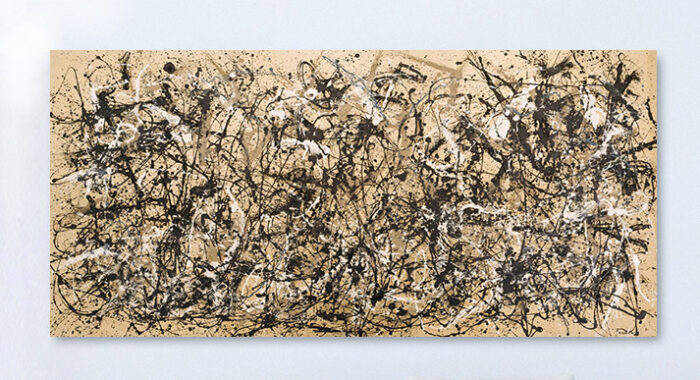
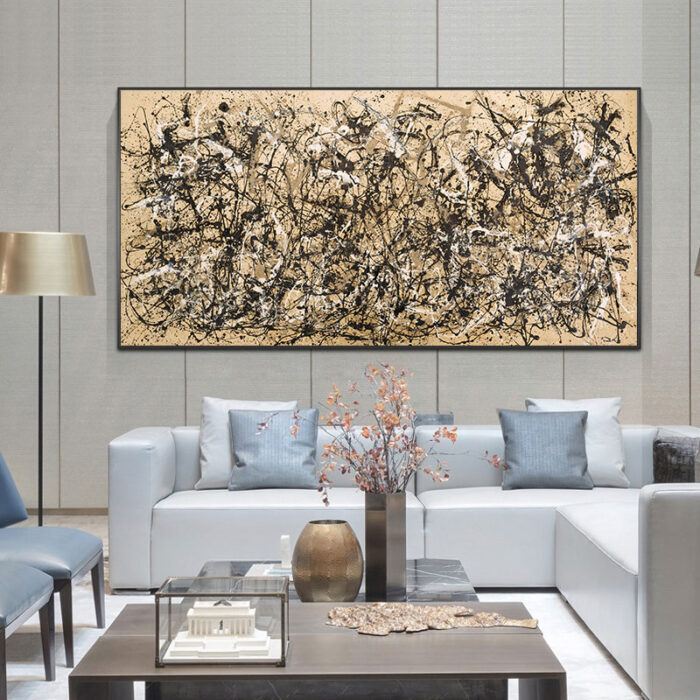
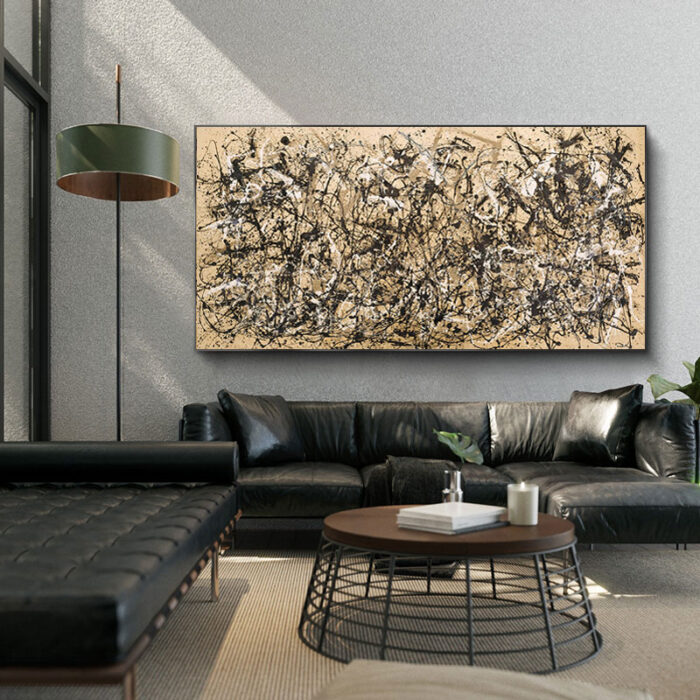
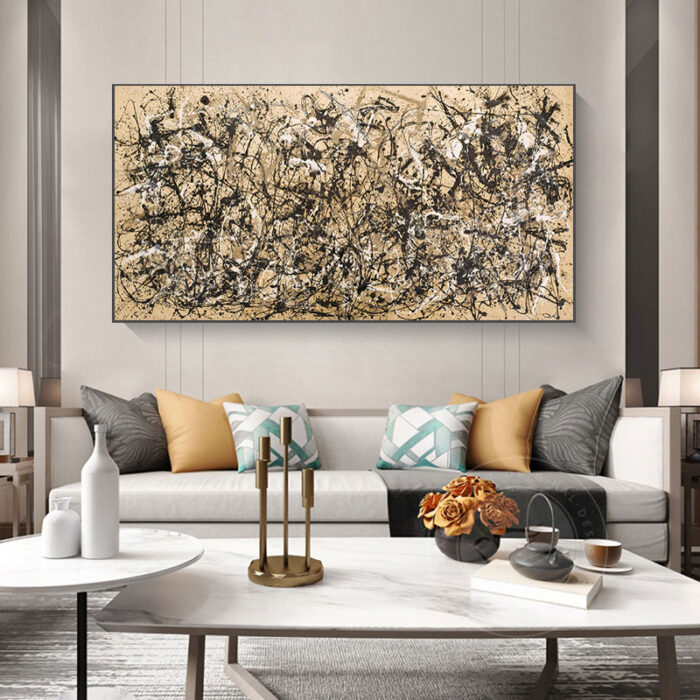
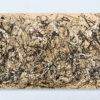
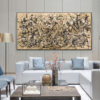


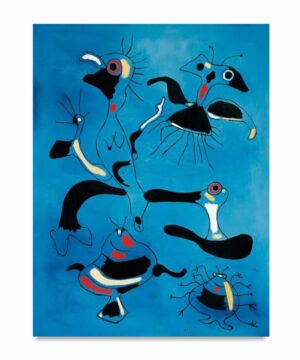
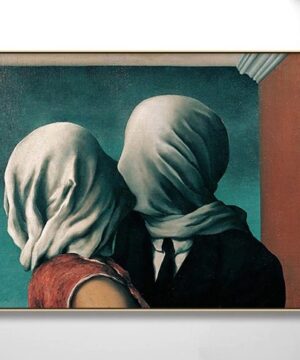
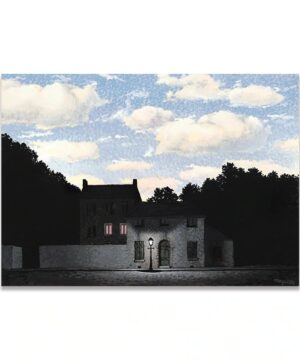
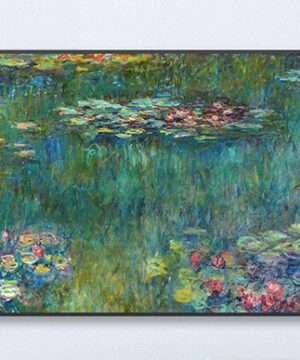
Reviews
There are no reviews yet.